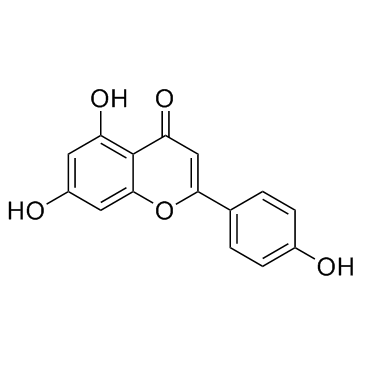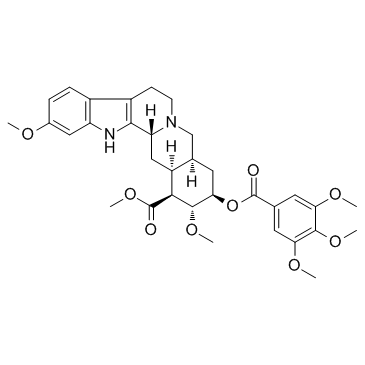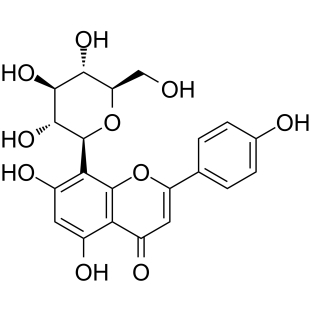| Structure | Name/CAS No. | Articles |
|---|---|---|
 |
Formic Acid
CAS:64-18-6 |
|
 |
Acetonitrile
CAS:75-05-8 |
|
 |
Methanol
CAS:67-56-1 |
|
 |
Dimethyl sulfoxide
CAS:67-68-5 |
|
 |
Caffeine
CAS:58-08-2 |
|
 |
Apigenin
CAS:520-36-5 |
|
 |
Reserpine
CAS:50-55-5 |
|
 |
vitexin
CAS:3681-93-4 |
|
 |
Quercetin dihydrate
CAS:6151-25-3 |
|
 |
(±)-Naringenin
CAS:67604-48-2 |